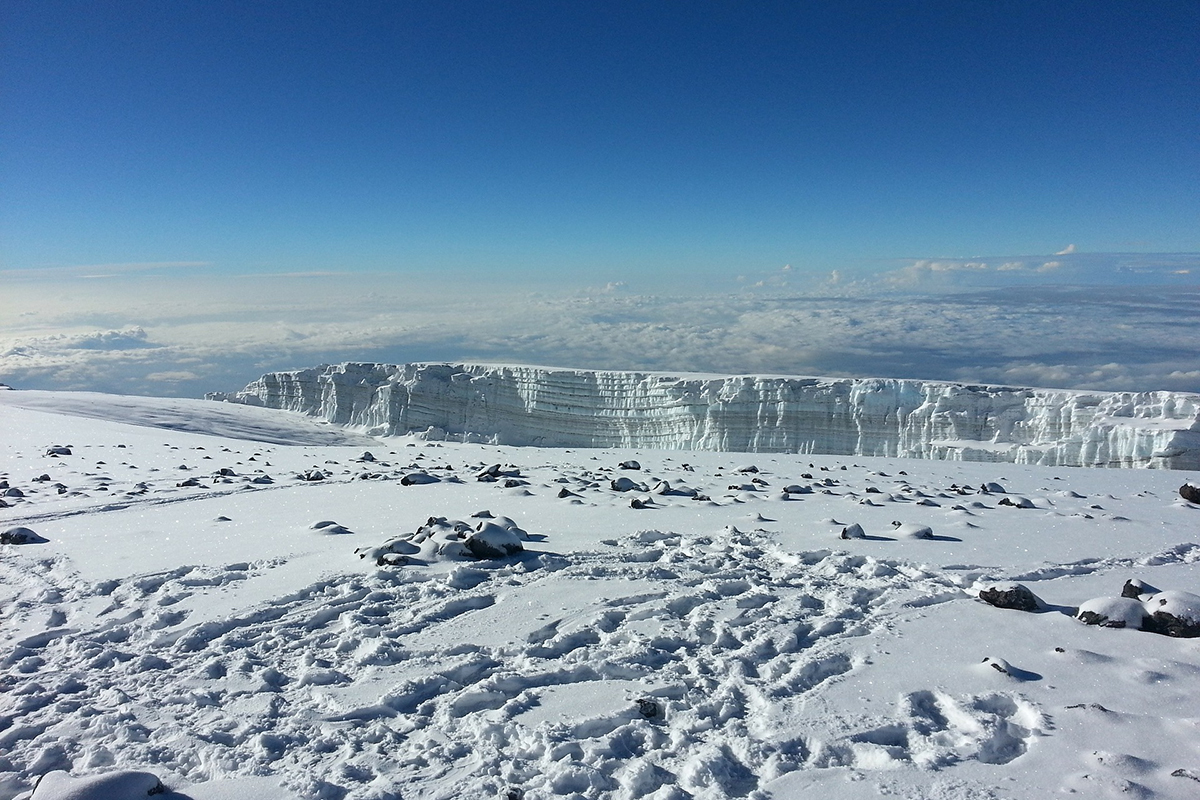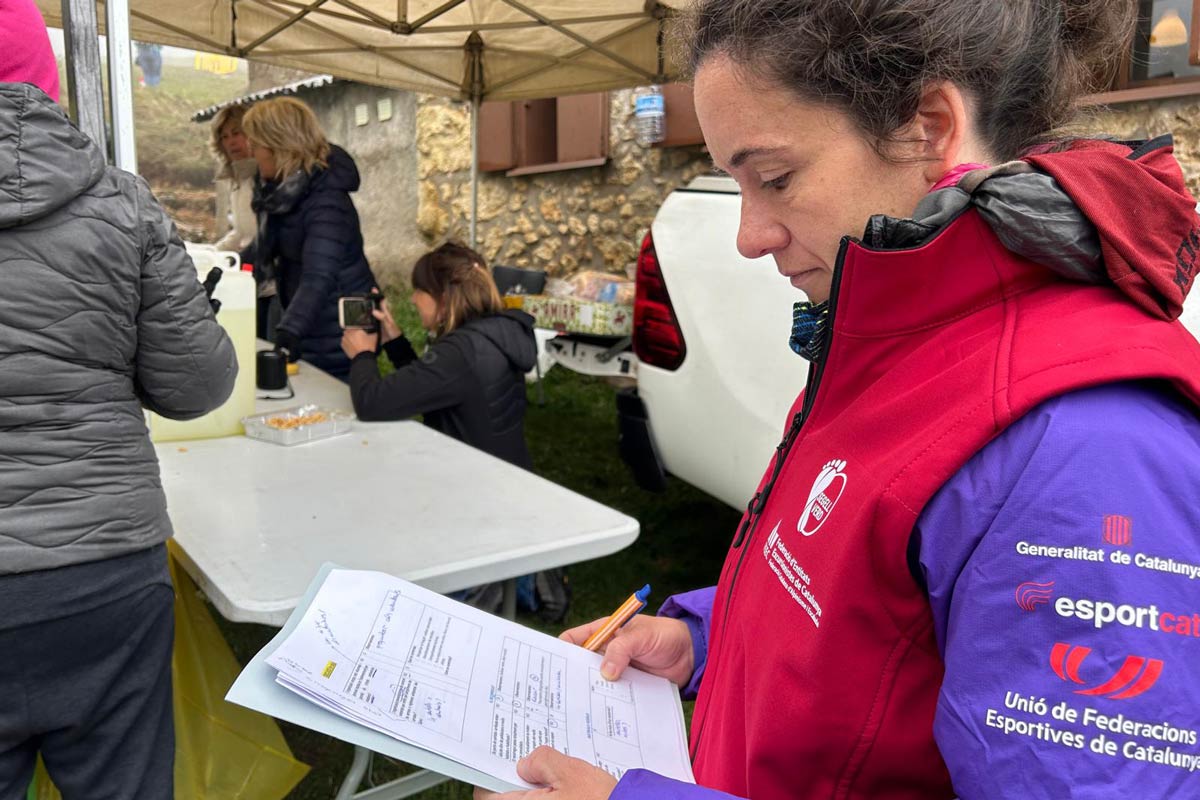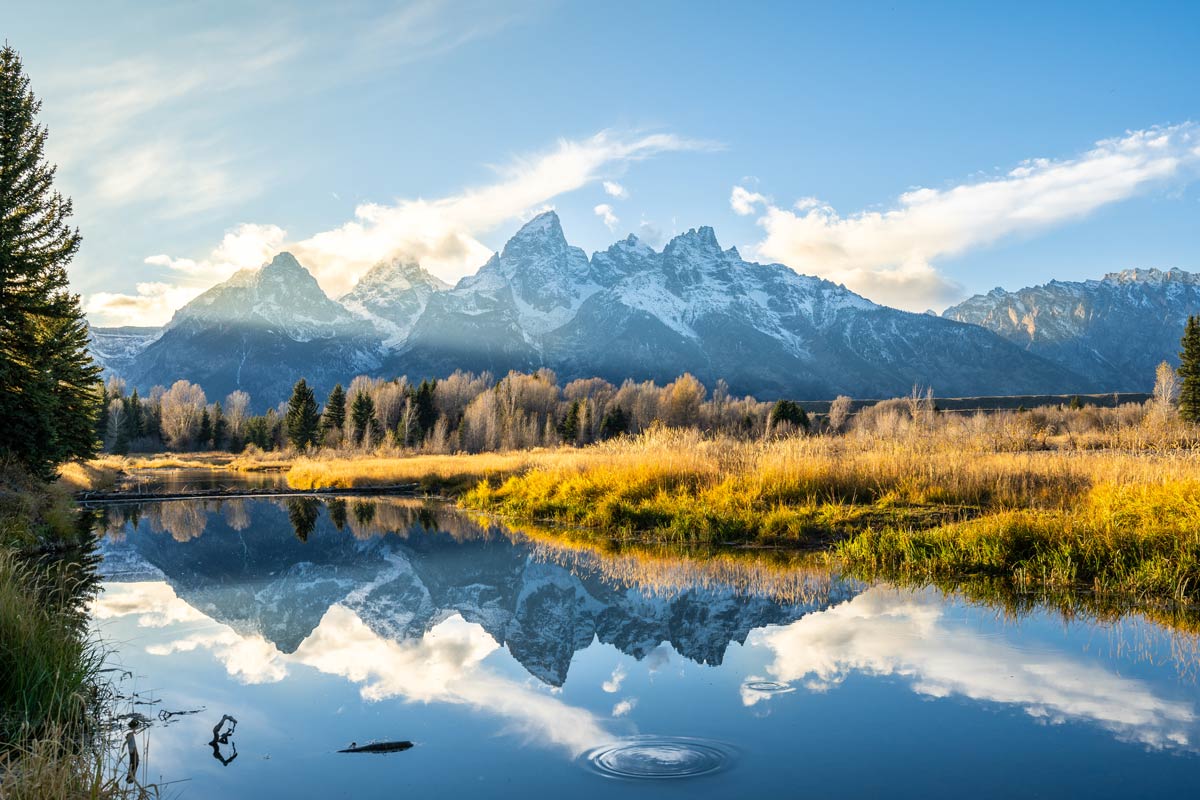The highest mountain on the Africa continent, Kilimanjaro, is one of the world’s most popular climbing destinations. As recent reports of fatalities sadly testify it also remains, often to people’s surprise, one of the world’s most dangerous. It is reported that approximately 1,000 people are evacuated from the mountain each year.
Despite reliable weather and relatively straightforward access, illness and injury are commonplace. Of the 40,000+ visitors ‘Kili’ attracts each year, between 50 and 75% turn back before reaching the summit. There is one main reason for this – the mountain’s very high altitude.
Altitude presents humans with a host of problems. On Kilimanjaro the combination of cold, dehydration and acute mountain sickness seems to be responsible for turning most people back and for the illnesses encountered. Preventing this situation occurring is the key to climbing the mountain successfully and safely.
A dedicated UIAA MedCom paper, produced by Commission President Dr George Rodway and Commission Member Dr Jeremy Windsor, offers essential medical advice for anyone preparing to climb this famous mountain. The full paper can be downloaded here.

Best Route
Whilst the Marangu, Rongai and Machame approaches see the majority of the traffic, the Lemosho Glades Route is proving to be an increasingly popular alternative. The reasons for this are simple – the route not only offers a beautiful trek through a range of stunning habitats, but it also enjoys an ascent profile that allows aspiring summiteers plenty of time to acclimatise. All in all, the Lemosho Glades Route offers one of the best ways to climb the mountain safely.
The paper offers a detailed Lemosho Glades Route description, as well as key information on vaccinations, advice about typical conditions and possible dangers.
One specific, and key passage, refers to evacuation.
Evacuation and Altitude Sickness
The local Tanzanian guides are knowledgeable, attentive and strong. If you’re able to walk they can get you off the mountain safely. Many have been trained in the diagnosis and treatment of life threatening conditions such as HAPE and HACE. Importantly, they all know the importance of the mantra “Descend, Descend, Descend” in these situations. Most trekking companies carry a cylinder of supplemental oxygen or a portable hyperbaric chamber for those suffering from HAPE or HACE. Fortunately, Kili’s steep ascent profile and good paths make it possible to descend quickly. HAPE and HACE victims often improve quickly. Sometimes just a few hundred metres of descent is enough to reverse the effects of altitude. Many, diagnosed with life threatening conditions reach the park gates eager to climb again.
If you’re organising a rescue make sure that the victim is accompanied by at least two people – one to guide and carry equipment and a second who can go for help in case there are difficulties. Encourage them to use trekking poles, especially if they’re slow and unsteady – they can make life a lot easier.
Unfortunately a helicopter rescue is not an option on Kili. For those who can’t walk, the only alternative is the portable stretcher. In experienced hands these devices are lifesavers and can ferry the sick and injured to the park gates very quickly. Before initiating the evacuation, it’s vital that the victim is warm and dry. Wet weather is common lower down the mountain and waterproofs are essential. Add an insulating mattress too – the ride can be a bumpy one. Water, food and a day’s medication are also essential. Finally, make sure that radio contact has been made with the park officials. This will ensure that there will be an ambulance ready and waiting.

Essential Reading – Altitude Sickness
The UIAA MedCom advice and recommendations are available in over fifteen languages and many deal with specific challenges at altitude – including taking children, contraception, pre-existing conditions, cardovascualar diseases, detailed advice for women and a paper dedicated to the emergency field management of acute mountain sickness (AMS), high altitude pulmonary oedema (HAPE) and high altitude cerebral oedema (HACE).
Further details:
UIAA Medical Advice and Recommendations



